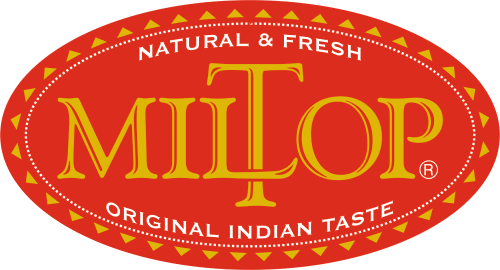Description
Long pepper (Piper longum), sometimes called Javanese, Indian or Indonesian Long Pepper, is a flowering vine in the family Piperaceae, cultivated for its fruit, which is usually dried and used as a spice and seasoning. Long pepper is a close relative of Piper nigrum giving black, green and white pepper, and has a similar, though generally hotter, taste. The word pepper itself is derived from the Sanskrit word for long pepper, pippali. The Aryans were the first exporters of both kinds of pepper from the tropical forests of South Asia. It is however, not commonly used as a spice. However, in certain locations in Bengal and North Eastern India it is added to food items for the purpose of adding flavor The fruit of the pepper consists of many minuscule fruits – each about the size of a poppy seed – embedded in the surface of a flower spike that closely resembles a hazel tree catkin. The fruits contain the alkaloid piperine, which contributes to their pungency. Another species of long pepper, Piper retrofractum, is native to Java, Indonesia. Inflorescence axis has branches and a number of fruits appear around it shaped like pipul. Root has pungent taste. The tiny berries, which merge to a single, rod-like structure which bears some resemblance catkins (flowers of trees like hazelnut or willow). The content of Piperine (about 6%) is slightly higher than in black pepper. On the other hand, long pepper contains less essential oil than its relatives (about 1%), which consists of sesquiterpene hydrocarbons and ethers (bisabolene, ß-caryophyllene, ß-caryophyllene oxide, each 10 to 20%; a-zingiberene, 5%), and, surprisingly, saturated aliphatic hydrocarbons: 18% pentadecane, 7% tridecane, 6% heptadecane. The creeper was known as medicinal herb even during Vedic era. In Atharva Veda it is said it has capacity to control, to digest and represents power. That is why in every Yagna its juice is used.
According to modern science, it is said; it cures piles, inflammation in nasal membrane, causes excitement and good for respiratory diseases and cough. It is however elaborate application as medicine has in folk medicinal system particularly in Bengal. It is useful both for internal and external applications. The Ayurvedic texts list Pippali as one of the most powerful Rasayana herbs, meaning it is a longevity enhancer. Pippali is one of the most widely used Ayurvedic herbs. It is one of the best herbs for enhancing digestion, assimilation and metabolism of the foods we eat.The dried fruit spikes are extensively used for flavouring a variety of foods. They are considered to have stimulant, carminative, laxative and stomachic properties. The berries are also given with honey for asthma, coughs and sore throats. The root is a stimulant and is also used in gout, rheumatism and lumbago. The whole plant is considered by tribal people in India to be useful in splenic disorders, cholera, dysentery, asthma, cough and bronchitis.
Today, long pepper is an extremely rare ingredient in European cuisines, but it can still be found in Indian vegetable pickles, some North African spice mixtures, and in Indonesian and Malaysian cooking. It is readily available at Indian grocery stores, where it is usually labeled Pippali. Long pepper is used as spice in various cuisines. It can be used as alternative to black pepper. In India it is usually added to garam masala which is a grounded blend of various spices and used in different dishes.


